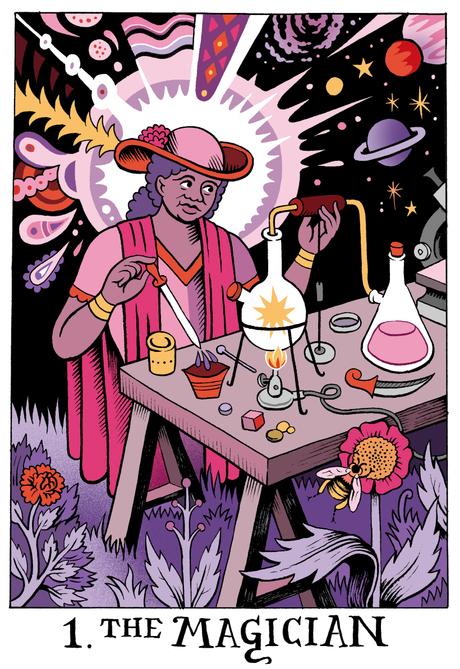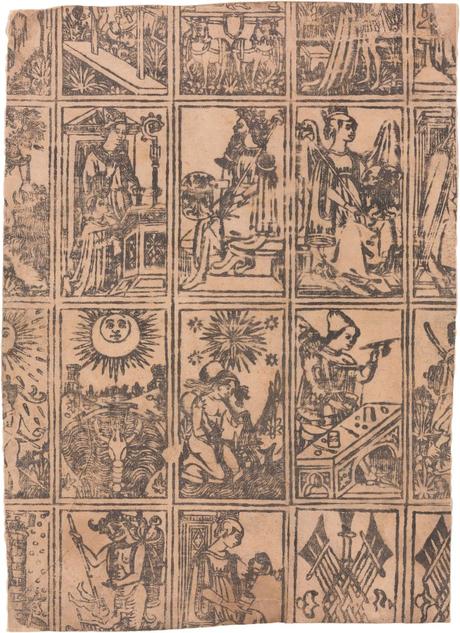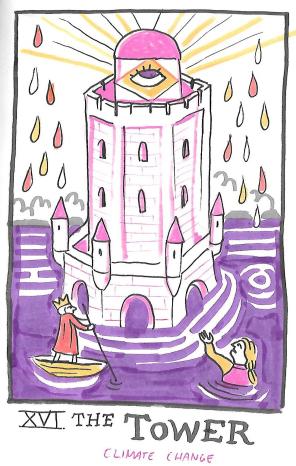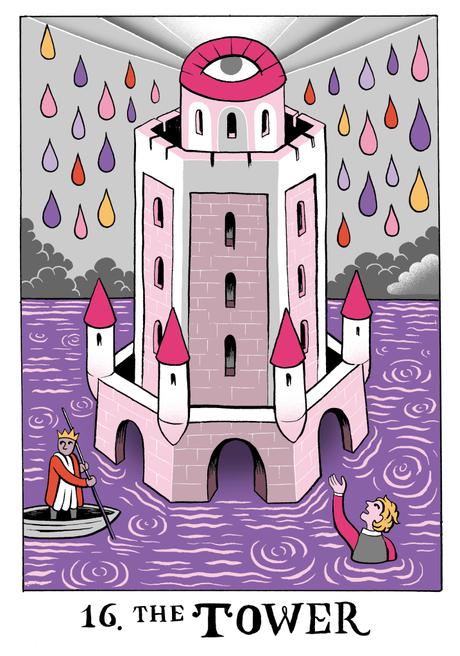
Earlier this month the kickstarter that Massive Science run to produce a Women of Science Tarot Deck (illustrated by yours truly) was successfully funded. This means that for the rest of the Winter I’m going to spend most of my weekends drawing science-themed symbolic illustrations and I couldn’t be happier about it!
Now, some of you may ask (and have asked) “why are you mixing science and tarot? Isn’t Tarot all about magic/occult stuff?” Initially, when my friend Nadja suggested the idea I asked myself the same question. Like most people I associated ‘tarots’ with divination but – as I have later learnt – the tarot actually started as a playing cards deck, used since the mid-15th century in various parts of Europe. In fact, in Italy we still use the 4 tarot suits (spades, wands, coins and cups) as regular playing cards, without any magical associations. Only later, in the 18th century, the tarot cards began to be used for divination and magic.

Part of me is just really excited about updating this ancient tradition for our modern scientific culture. After all, the cards meaning evolved throughout history and I don’t see why we shouldn’t be allowed to do it once more. But, as a science communicator, I also think this is a great opportunity to reach a whole new audience. In particular, I have been thinking a lot lately about how scientists should engage with spirituality (especially after reading this fascinating comic by Jordan Collver and watching this conversation on Stated Casually). I grew up atheist (or religious-free, as I prefer to say) and I always had a pretty aggressive attitude toward any spiritual beliefs. But I now understand the value of a more neutral/grey zone (or ‘decompression chambers‘ to use Jon Perry’s beautiful metaphor). If we require people to reject their whole spiritual identity in order to even start reading about science then we are excluding a whole LOT of readers! A more inclusive science communication should provide some in-between spaces where people feel comfortable exploring science, without feeling immediately challenged or attacked.
I really hope that a science Tarot could play this kind role: a space for people who do not traditionally identify as ‘science geeks’ to engage with scientific concepts in a playful and non-judgemental way. And also, a good opportunity to challenge some stereotypes of what science ‘should be’ and what scientists ‘look like’ by celebrating the pioneering women scientists included in the deck.




